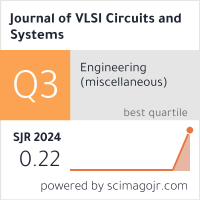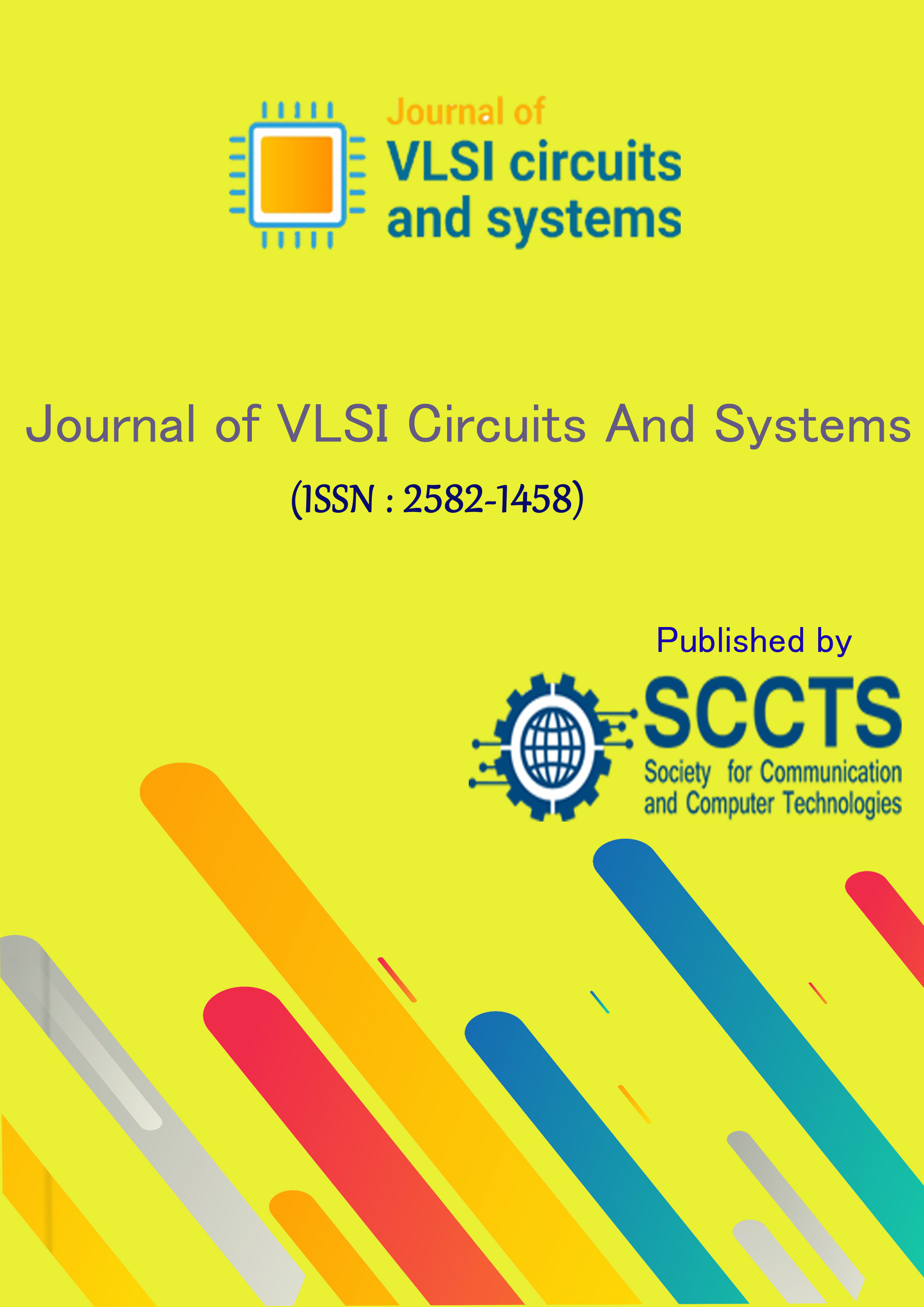VLSI-Based MED-MEC Architecture for Enhanced IoT Wireless Sensor Networks
DOI:
https://doi.org/10.31838/jvcs/06.02.11Keywords:
IoT, VLSI, MED-MEC, WSN, Energy efficiency, FPGA platformAbstract
Large-scale integration and IoT wireless sensor network deployment are necessary for performance optimization and energy consumption reduction (VLSI). This paper presents the VLSI implementation of the Multi-Edge Motion Detection and Estimation (MED-MEC) algorithm for IoT WSN. Enhancing data processing capabilities and reducing power consumption are core components of the MED-MEC design which are critical to IoT device capabilities. VLSI design using FPGA platforms can handle the complexity of motion calculations an important task for many Internet of Things applications such as intelligent surveillance systems and environmental monitoring. Research results show that the MED-MEC architecture significantly reduces power consumption while maintaining fast accurate data. The projects modular structure allows for scalability and compatibility with other WSNs making it a flexible solution for future Internet of Things applications. Through the improvement of IoT WSN capabilities through VLSI technology more dependable and energy-efficient IoT applications can be realized as this study shows.












